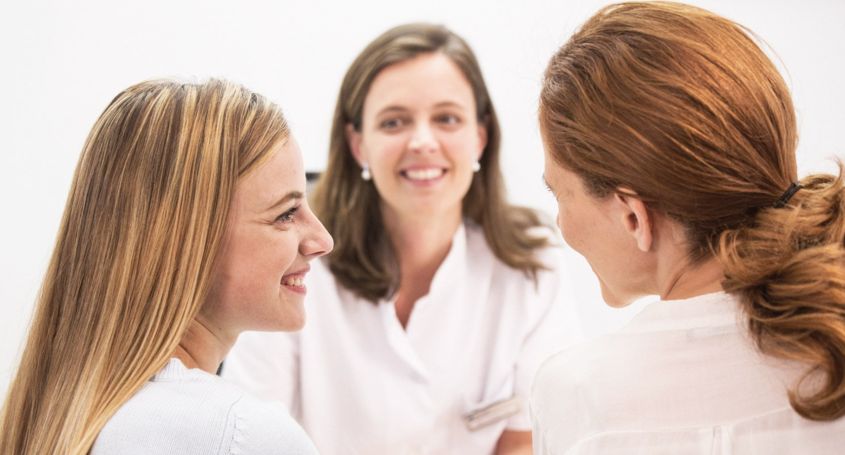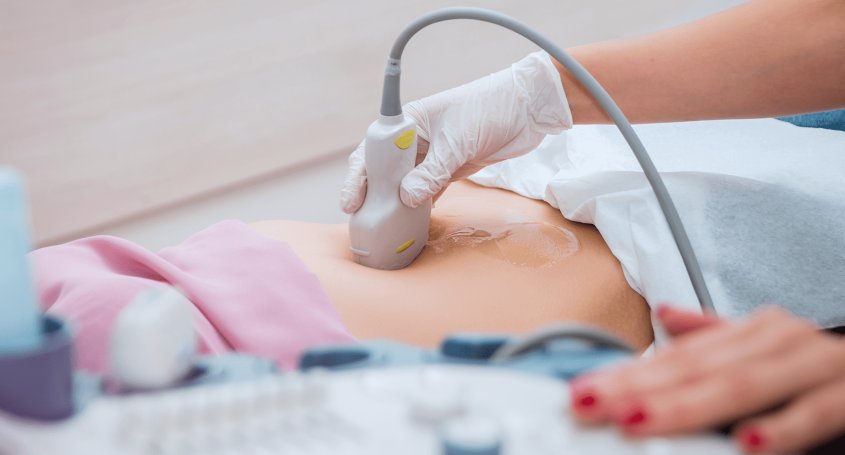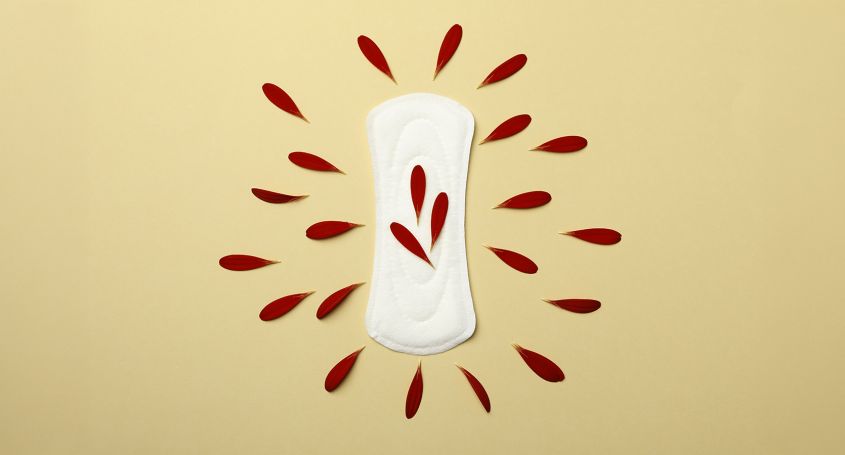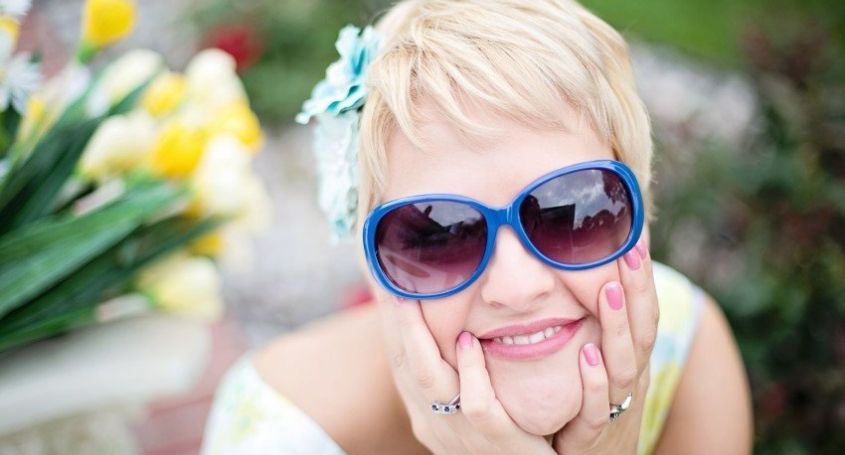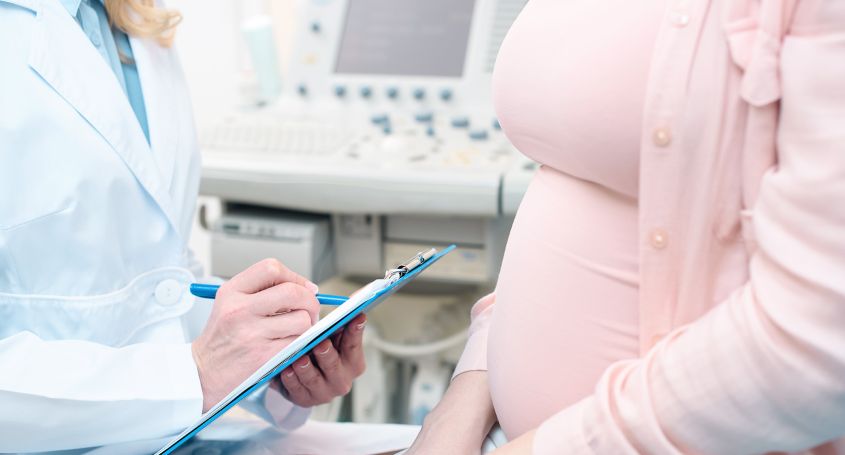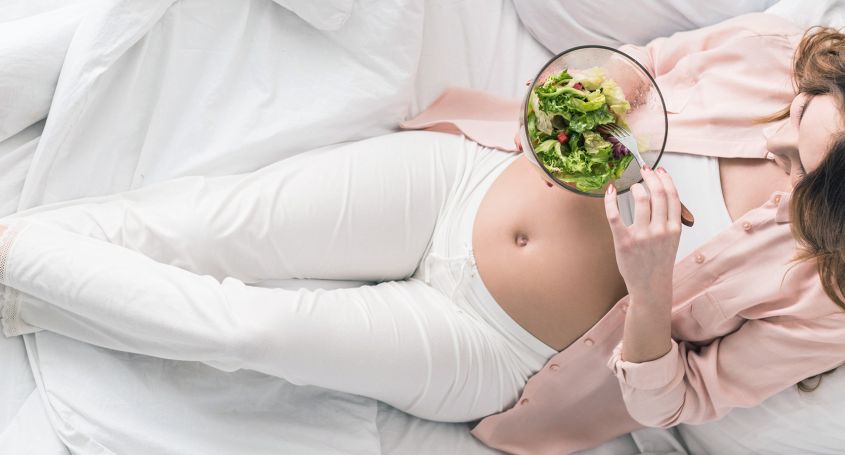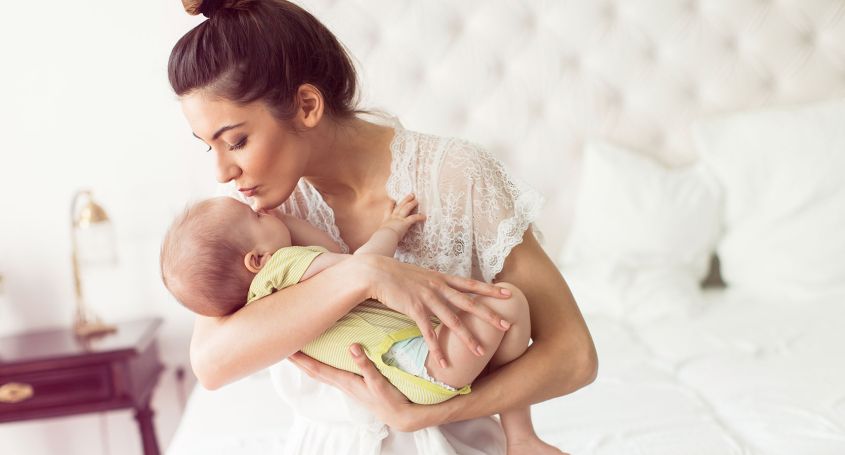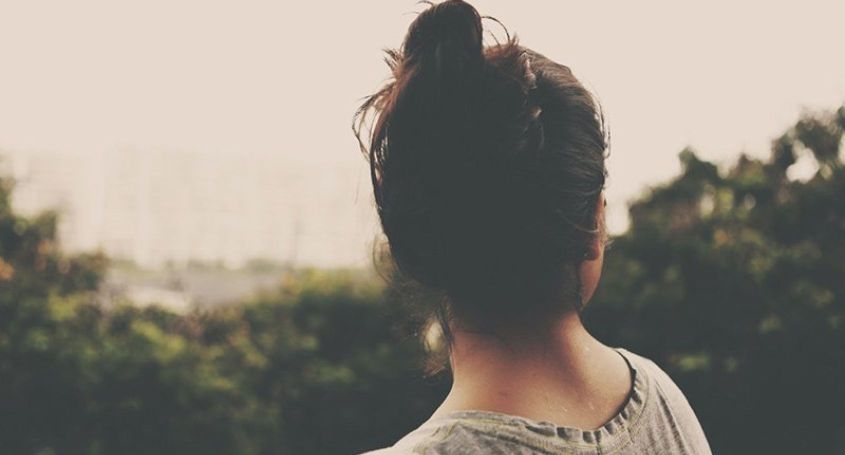ROPA is the acronym for “Reception of Oocytes from the Partner.” This method is the assisted reproduction treatment that allows same-sex female couples to share motherhood. With other treatments such as artificial insemination and standard in vitro fertilization, only one woman contributes to the pregnancy; however, the ROPA method allows both mothers to participate biologically in the process.
Birth Mother and Donor Mother
In the ROPA method, assisted reproduction treatment is shared between the two future mothers and they both actively participate in achieving pregnancy. One of the women will provide the egg to fertilize, being the "donor" or "biological" mother. The other woman will receive the embryo, becoming the one who carries the baby and gives birth. She is the "birth" mother.
Medical Assessment
The ROPA technique is performed at the express wish of the couple of married women and it is a personal decision who will assume each role during the process. Having said that, it is important to assess whether it is better due to medical reasons for one or the other to be the donor mother/birth mother.
Before starting treatment, the medical team will carry out a fertility study on both women. In cases of a higher age, diminished ovarian reserve , the possibility of transmission of genetic diseases, and/or uterine problems, assessment will be undertaken to decide which of the women is the best candidate to provide the egg and which can carry the baby without risk, so as to have more guarantees of success and become mothers. In any event, the preferences of the couple will always be taken into account.
Treatment
Treatment is the same as in autologous in vitro fertilization, in which after ovarian stimulation the oocytes are obtained through a follicular puncture technique. They will be fertilized in the laboratory with donor sperm and the embryos will be cultivated in vitro until embryo transfer. Before the transfer, endometrial preparation will have been carried out to be able to accept the embryo.
In the ROPA method, this process is shared. While the donor mother will undergo ovarian stimulation and follicular puncture, the birth mother will participate in endometrial preparation so as to be able to receive the embryo through embryo transfer.
